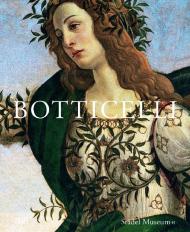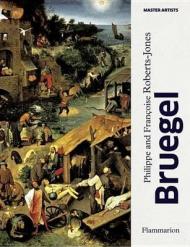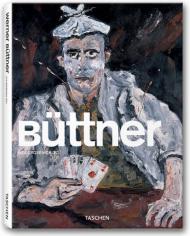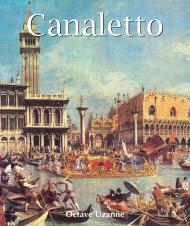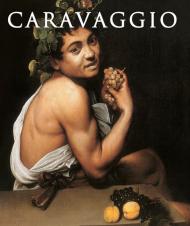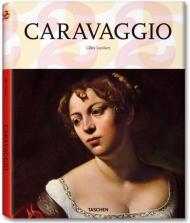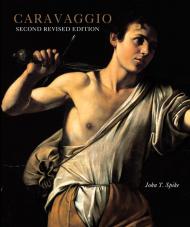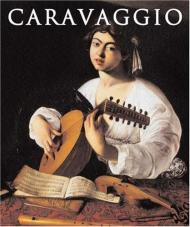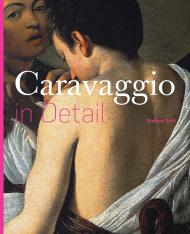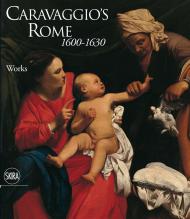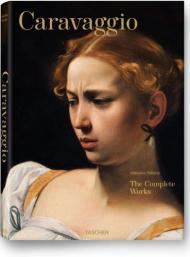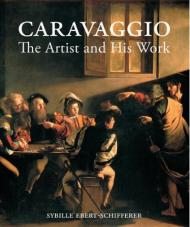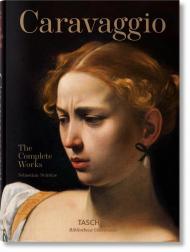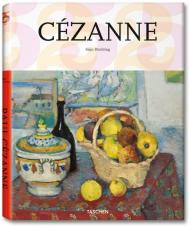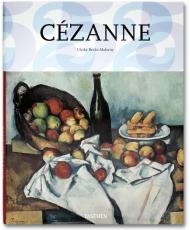The official catalogue of the major exhibition at the Städel Museum, Frankfurt am Main
The graceful beauty of his female figures, the humanist influence, and the courtly solemnity of his painting make the works of Sandro Botticelli (ca. 1445–1510) the epitome of Florentine art during the golden age of the reign of Lorenzo Medici, known as il Magnifico. This splendid volume takes the reader on a journey through the artistic world of one of the most famous Renaissance painters. One focus is Botticelli’s masterful portraits, which bring to life those in his circle of patrons, for whose palaces he created grand mythological paintings and precious memorials to rival those of antiquity. This publication provides the reader with impressive insight into Botticelli’s important contributions to Florentine art, and also traces the ideals of feminine beauty, embodied not only by his enchanting goddesses and Madonnas, but also in the idealized portrait of an unknown lady.
